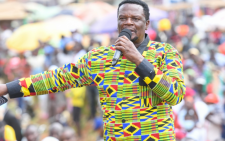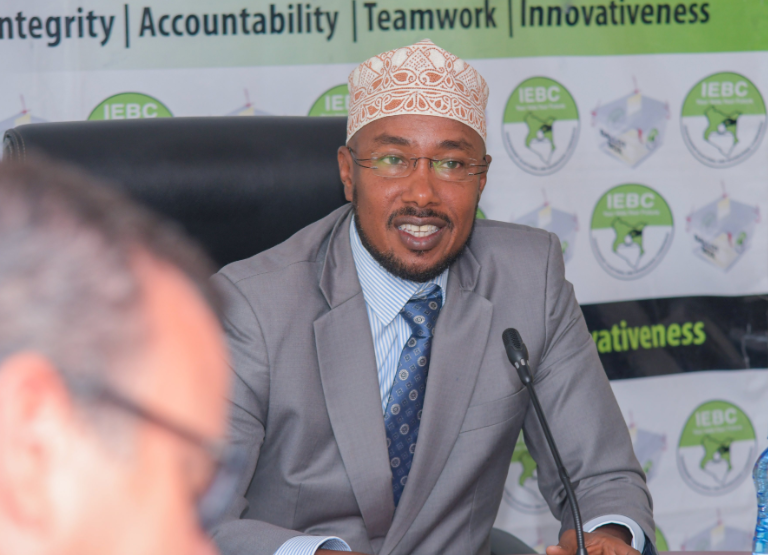Media coverage of the dead needs new rules

The death on the streets of Nairobi of Kasipul MP Charles Ong’ondo Were by an assassin’s bullet was dramatic and shocking. While Kenya has violence and crime from time to time, the high-profile murder of a leader on the streets comes in long intervals.
Homa Bay, Were’s home county, is not new to this. Their most decorated son, Tom Joseph Mboya, was gunned down in a similar manner nearly six decades ago.
Such a high-profile incident is unquestionably big news for the media, and Were’s story became the evening news. But few would have expected the Pandora’s box that the coverage of the killing would ignite.
There are many players in the media space, and soon after the news broke, social media platforms were awash with related information about the late MP. There were reports regarding the successive names by which he had been known, association with violence, disappearance and even death in his native Homa Bay. They, however, were all one-sided.
These were not just social media traffic flow; sources were speaking on the record in front of the camera. The Media Council Code of Conduct for the Practice of Journalism has no provision for how the dead are to be covered.
However, social etiquette posits that of the dead let no evil be said. The grave covers many secrets. Let the dead lie in peace.
Homa Bay has been a hotbed of rough politics, tinged with violence. According to emerging information, Were may have been a participant in the tumultuous politics of the “bay of endless potential”. However, the bullet snuffed out his life, and he can no longer speak for himself.
Article 1 (2) of the MCK Act (2013) states that all sides of the story must be reported. Article 1(3) requires that comments be sought from anyone mentioned in an unfavourable context, and Article 1(8) calls for fairness. These requirements appear difficult to fulfil without one of the parties to the story.
Article 5 (1) provides for the right of reply, while Article 11 (2) and (3) caution the media to cover stories without inflaming the public.
Further, there is the provision of the law on defamation. However, defamation does not envisage offending the dead, although their estates may take it differently.
The sources’ comments were certainly of public interest, but they were one-sided without Were’s response. Should the dead then be interred with their secrets?
Were was a public figure with diminished private public space by dint of his office. Like other public figures, he would have to tolerate greater scrutiny of his activities, but how far that extends beyond the grave is unclear.
We are in a new dispensation where social media platforms operate according to different rules. In recent years, the reverence for the dead, an age-old African tradition, has come under strain from a generation whose only fear is a cell phone without a charge and diminished bundles. This generation has only disdain and revulsion for politicians.
They operate oblivious to the Computer Misuse and Cybercrimes Act (2018) or demonstrate that the Act has little application to them.
For now, his death has raised issues that the MCK must explore in the continuing coverage of the dead, matters on which the Code, as currently written, provide little guidance.
The writer is the Dean of Daystar University’s School of Communication















